Virtual reality has been “just around the corner” for more than 10 years and many technology companies are promising us a bright future. Now is the best time to try VR, as the glasses are now available at a relatively affordable price. VR can be a great way to experience computer games, 360-degree video, art and many other things. Here’s a look at the most popular VR glasses on the market and what to consider when choosing the right one for you.
Wireless or cable?
The first question to answer is whether you need VR glasses connected to your computer via a cable, or can you do without a cable? VR glasses connected to a computer with a cable (usually USB-C) will provide more detailed graphics. The downside is that you have to be in close proximity to a computer. VR glasses connected to a cable will inevitably be more uncomfortable to move around in, especially if you can’t see the cable. You are likely to stumble at some point. But if you need the absolute highest-end graphics and have already paid for a powerful gaming PC or gaming laptop, then VR glasses with cable are the logical choice.
For most people, wireless VR glasses will be a much better solution. They are more convenient, you don’t have to worry about tangled cables, and they are freely portable. You can take these VR glasses with you to any room or holiday home and you won’t need to bring a computer. In addition, Meta Quest 3 will allow you to connect the glasses to your computer if you need extra graphic power.
Best VR glasses overall – Meta Quest 3

Meta Quest 3 has received significant improvements in almost all parameters compared to its predecessors. They have a slightly higher resolution (2064 x 2208 pixels per eye), a faster Snapdragon XR2 Gen 2 processor, more RAM (8 GB) and up to 512 GB of on-board storage. The biggest change is in the area of augmented reality. The previous model, Meta Quest 2, already had external cameras to navigate the world and a transparency function that allows you to see the space you’re in to avoid obstacles. Meta Quest 3 focuses specifically on augmented reality.
Cameras that provide transparency effects are now able to capture colour images instead of black and white. They also have a slightly higher resolution, so it’s easier to see what you’re looking at. You could still wish for a better quality image, but it’s much better than not seeing your surroundings at all.
Augmented reality lets you play innovative new games. PianoVision, for example, is designed to help you learn to play the piano – the screen shows the actual physical keyboard, with useful information over the top that would not be possible in VR alone.
On the downside, Meta Quest 3 costs more than Quest 2. The price of the glasses is comparable to buying a new games console, so it won’t exactly be an impulse buy. But if you’re looking for the best wireless VR headset with the most comprehensive library of games and apps that support both VR and augmented reality, Meta Quest 3 won’t disappoint. Two controllers included. An important note: games can be purchased not only from the Meta Store, but also from the Steam Store (Quest 2 is also supported) and played using the SteamVR app.
At Dateks Gaming School, students are provided with Meta Quest 3 glasses. If you want to buy your own VR glasses for home use, you can easily do so at Dateks.lv online shop.
The best budget VR glasses – Meta Quest 2
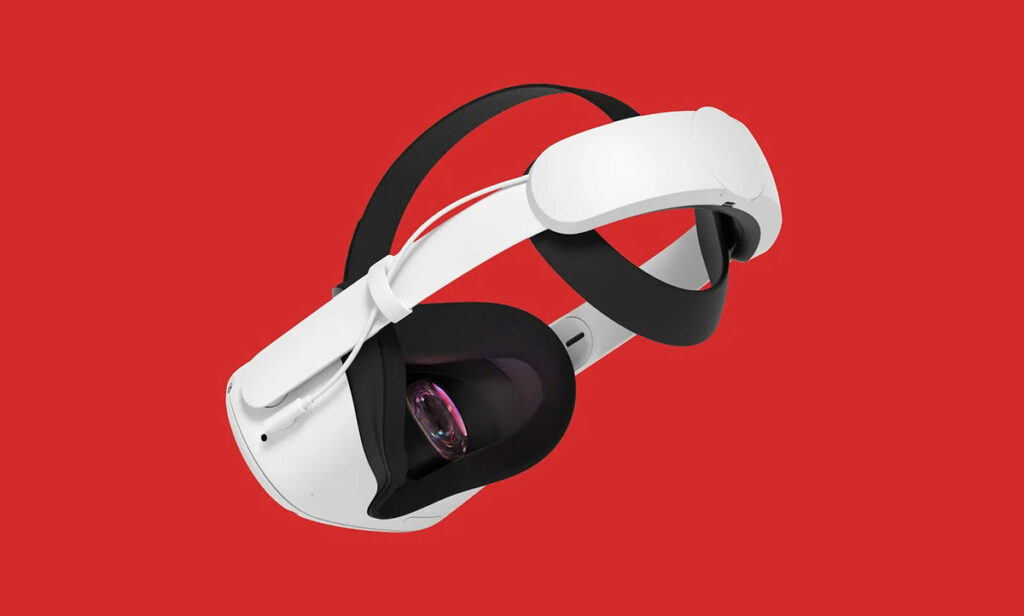
Meta Quest 2 was the best VR headset until Meta Quest 3 came out. While the new model has outperformed them in all aspects, these glasses are still a good choice if you are looking for a relatively cheap pair of glasses to try VR gaming for the first time. Like Meta Quest 3, they’re fully wireless, but we can also connect them to a powerful gaming PC with a single USB-C cable and enjoy ultra-high-definition VR. Importantly, the Meta and Steam stores are full of games and apps specifically designed for Quest 2.
The price of the Meta Quest 2 was relatively high for some time, but now that the new model has been available for some time, the price has been reduced and is quite adequate. This is good for buyers, but puts Quest 3 in an awkward position. The new glasses are objectively better than Quest 2 in every way, and can run apps and games that Quest 2 couldn’t. But it’s up to each individual to decide whether the improvements are worth the extra money. Quest 2 also comes with two controllers. Price around 350 euros.
VR glasses for games console – Sony Playstation VR2

The Playstation VR2 glasses are slightly more expensive than the Playstation 5 console itself, but they offer plenty of features to justify the high price. The glasses have one of the most comfortable adjustable head straps on the market and work well even when wearing glasses. The new eye-tracking feature is impressive, allowing you to select menu items or track objects by looking directly at them instead of aiming with the controller.
It’s worth pointing out that the Playstation VR2 game library is quite poor compared to other platforms. However, it does include VR versions of Horizon and Resident Evil Village – great games that can only be played on Playstation VR2. In any case, it is worth following Sony’s efforts in the virtual reality field, as it is quite possible that console-less glasses will eventually come out. The glasses require a Playstation 5 console and come with two controllers. Price around 650 euros.
If money is no object – Meta Quest Pro
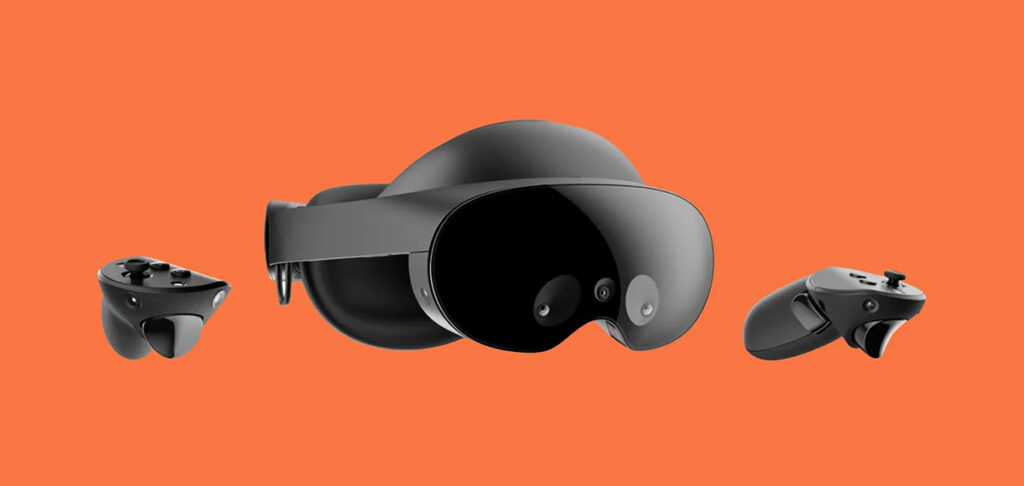
If you’re looking for the very highest-end VR glasses, Quest Pro is one of the best choices right now. Quest Pro outperforms Quest 2 on virtually all parameters. They are more comfortable to wear, the head straps are easier to adjust, the internal displays are brighter and higher resolution, and the glasses have built-in face tracking. This means your in-game avatars will have your features and amazingly accurate facial expressions. It also has a full-colour transparency mode, perfect for entering or exiting VR. Price around €1000.
Apple Glasses – Apple Vision Pro
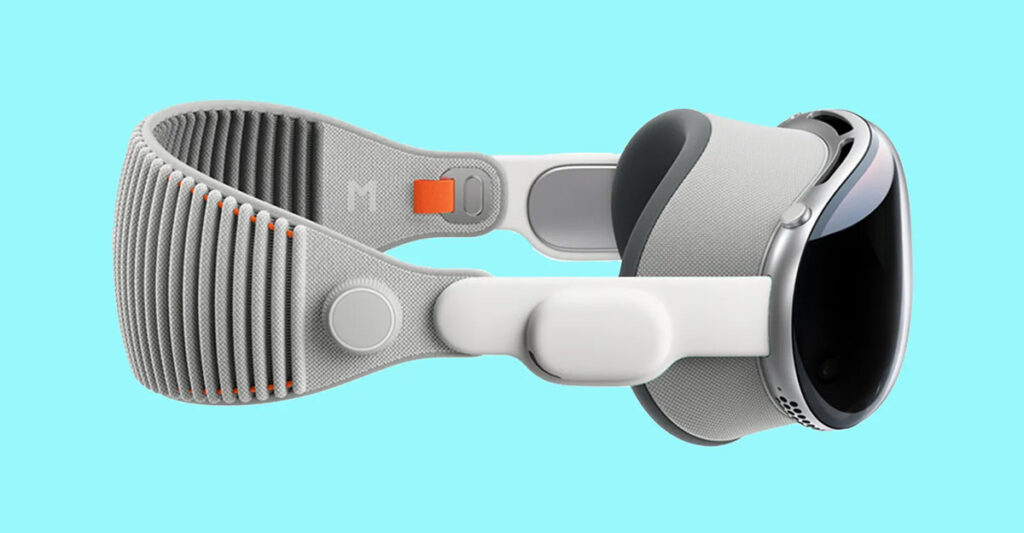
The much-hyped Apple Vision Pro glasses are, in some respects, the best. For example, the 3K micro-OLED panels for each eye are impressively clear and the VisionOS operating system performs better than expected, completely without controllers. Instead, glasses rely on eye tracking and hand gestures to navigate the interface and even work.
Unfortunately, Vision Pro lags behind in almost everything else. They are very cumbersome to work on. The glasses are heavy, tend to get hot and the battery lasts well if two hours. And all this despite the astronomical price. Vision Pro is capable of doing very little that other devices cannot do for a tenth of the price. In addition, Apple has lowered its already modest sales forecasts, some users are returning their glasses, and second-hand Vision Pros are available on eBay at deep discounts. So even if you want to buy such glasses just because you are a technology enthusiast and have no money to spend, we recommend buying second-hand.
Apple Vision Pro is not officially distributed in Latvia, but some online stores sell them for just over €4,000.
The best simple VR glasses – HTC Vive Flow
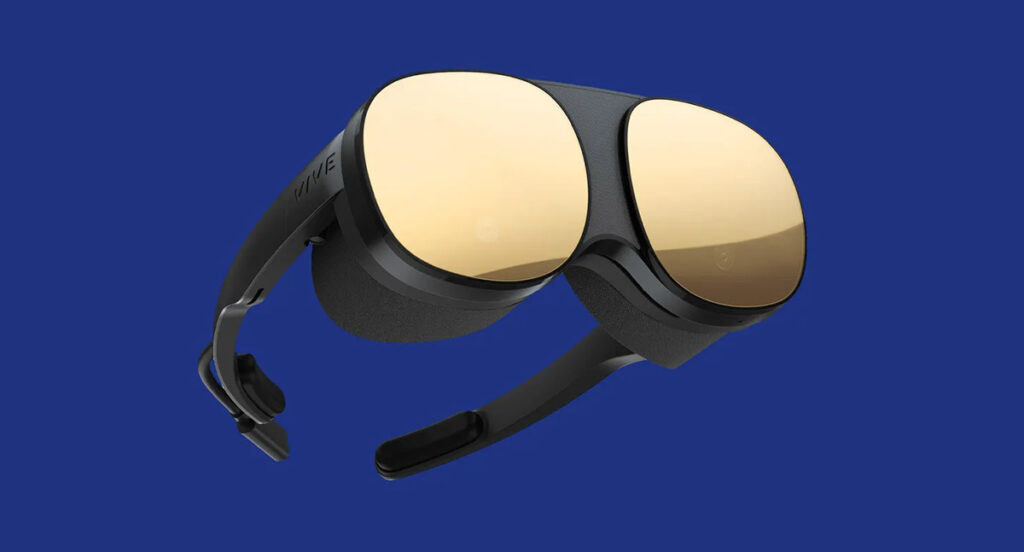
The HTC Vive Flow is an interesting VR headset, perhaps because it’s not actually a VR headset. They are more like huge, very thick glasses that you can put on to meditate in virtual space, watch a movie or TV show, or communicate virtually with friends or colleagues. They are suitable for short and casual entertainment in virtual reality. To power them, you’ll need a 10,000 mAh battery and a USB-C cable. The glasses support eye tracking and therefore do not require external controllers.
The device is now a few years old, and even when it was new, it was not as powerful as its competitors such as Quest 2 or Pro. Vive Flow is designed to be lightweight and portable, so you can throw it in your hand luggage and use it for in-flight movie watching. If you’re looking for a powerful VR headset, this won’t be the right choice, but the form factor at least makes them interesting enough to be worth considering.
HTC Vive Flow cost USD 500 at launch and is currently available in Latvia for EUR 250. Given the simple design and form factor of these spectacles, some enthusiasts may certainly find them interesting.
VR glasses to avoid
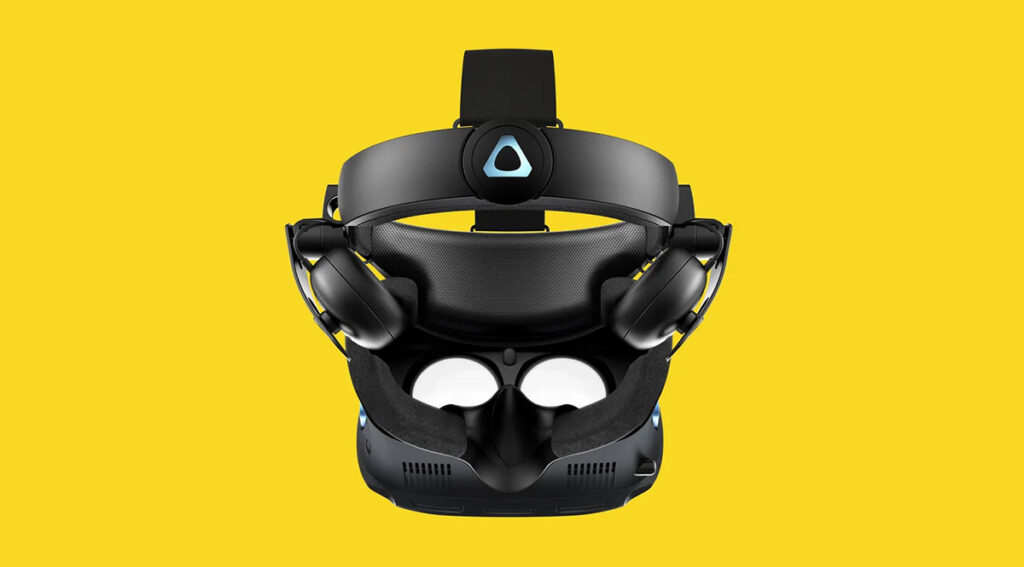
Virtual reality has been around long enough for some glasses to become obsolete or not stand the test of time. The glasses listed above will fit the vast majority of people, so we recommend avoiding the VR glasses listed below (unless they are specially discounted).
- HTC Vive – one of the first VR glasses that was good when it came out, but lags behind modern competitors like Meta Quest 2.
- HTC Cosmos Elite – these glasses require manual configuration of the base station, come with bulky, awkward-to-use controllers, and so many cables and dongles (including three power adapters) that you can get confused. The glasses must be connected to your gaming PC that allows you to play SteamVR games. Visually impressive, but the clumsy design makes it difficult to recommend.
- Oculus Rift & Rift S – the best budget choice is the Meta Quest 2 and older Oculus models are not even worth looking at. Quest 2 does everything these glasses do and more, but Meta Quest 3 adds even more powerful features.
- Google Daydream: This smartphone-powered VR headset was short-lived and is now discontinued, like many other Google projects.
How to find the best place to play VR
VR glasses require space. Exactly how much space is needed? Glasses like Meta Quest 3 can be used in almost any room (or even sitting on the sofa), but you may have to move some furniture to play some games.

We recommend that you set aside a comfortable and familiar place for VR gaming, such as your living room. You’ll need enough space to stretch your arms and a place to take a step or two without tripping over furniture. From experience, we can say that you need about 4 square metres of space to play comfortably and safely. Don’t forget that you can run into objects even if they are not at hand level. A useful trick is to lay out a yoga mat so that you can tell when you are leaving the play area.
It is also useful to consider the type of games or apps you plan to use. Some activities, such as watching movies or browsing the web, can also be done sitting on a sofa or chair. Some glasses, such as the Meta Quest 3, have the ability to set virtual boundaries for standing and sitting positions to help you find your way no matter what you’re doing.

